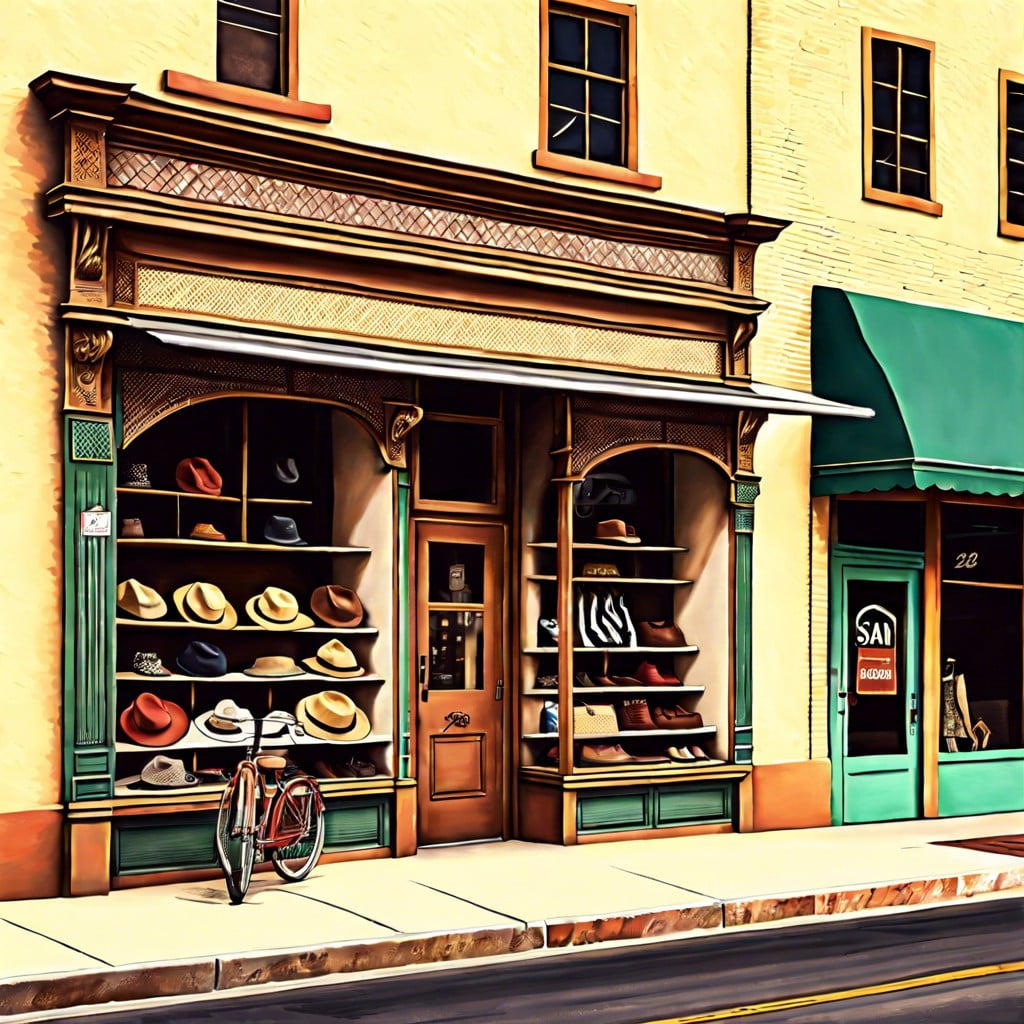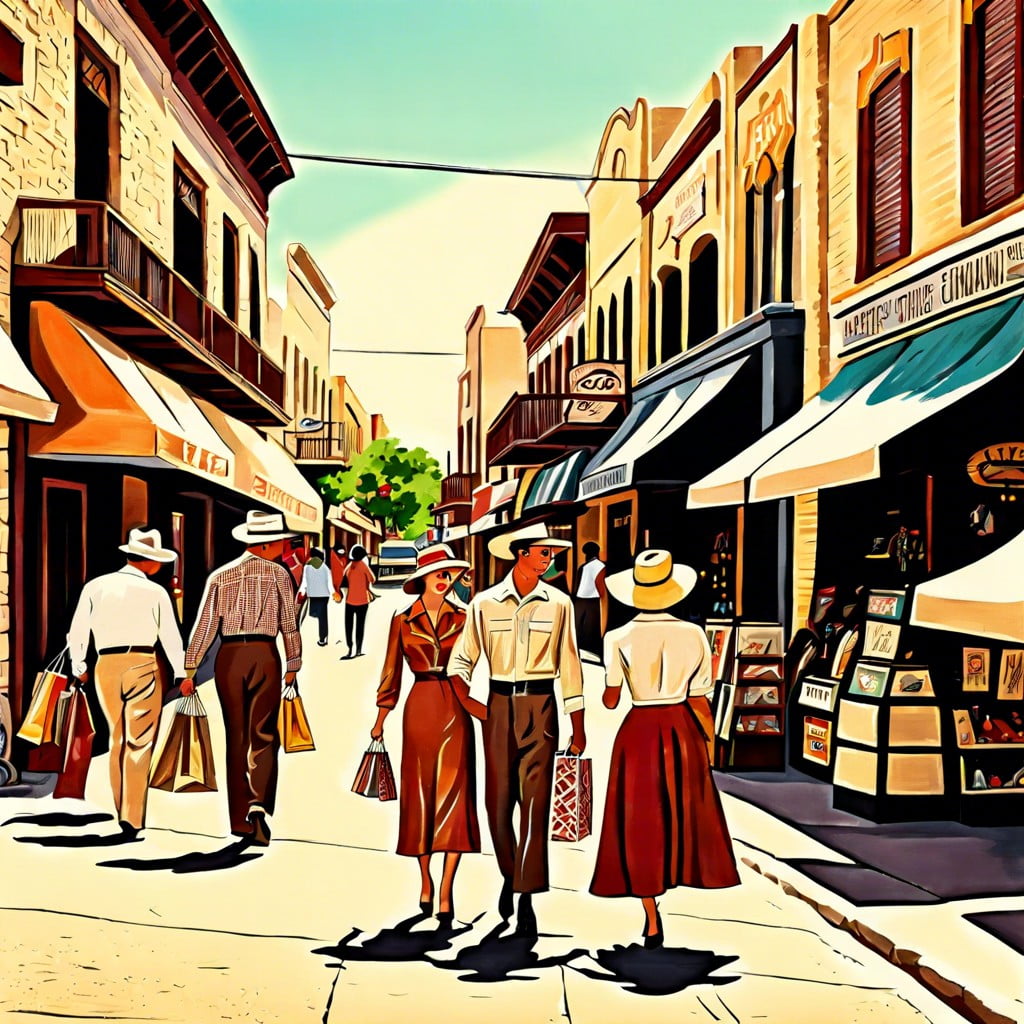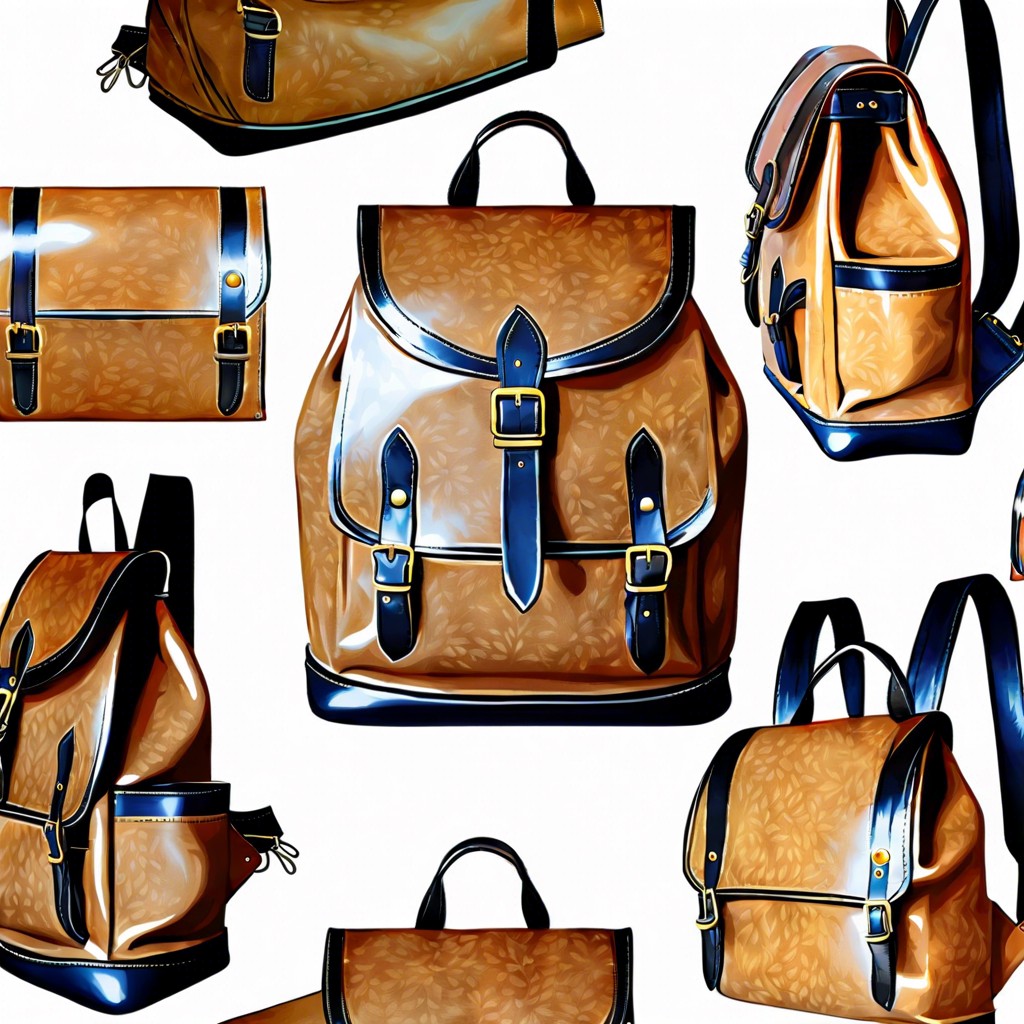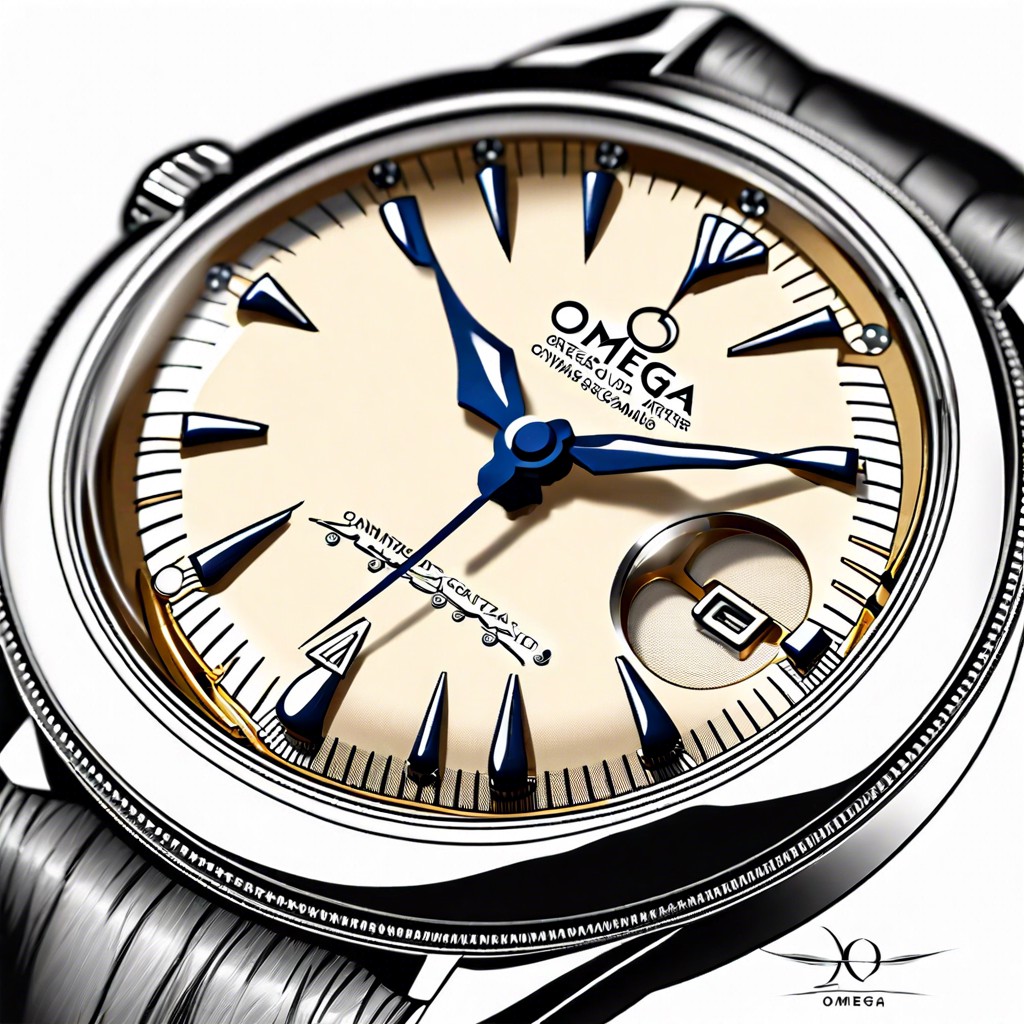Last updated on
Discover the top destinations for vintage aficionados in San Antonio, offering an array of unique finds and treasures from the past.
Key takeaways:
- San Antonio has a diverse vintage scene with shops specializing in different eras and items.
- Tips for shopping at vintage stores include researching the store, inspecting items, and engaging with staff.
- Authentic vintage pieces can be identified through construction, labels, and craftsmanship.
- Vintage fashion promotes sustainability by extending the life cycle of clothing.
- Social media platforms help vintage stores connect with customers and gain a wider audience.
Overview of the Vintage Scene in San Antonio

San Antonio boasts a diverse vintage scene, reflecting the city’s rich cultural tapestry. You’ll find shops that specialize in everything from mid-century modern furniture to retro fashions reminiscent of the vibrant 1960s. These stores offer unique pieces that tell a story, each with a distinct history and character that new items often lack.
The city’s vintage landscape is a haven for both collectors and fashion enthusiasts. Whether you’re in search of a rare vinyl record, a classic pair of cowboy boots, or a timeless piece of jewelry, San Antonio’s vintage shops can transport you through different eras.
Nestled in neighborhoods like Alamo Heights and Southtown, these treasure troves range from curated boutiques to eclectic thrift stores. The markets here celebrate the local community’s passion for conserving history, providing an opportunity to connect with the past while supporting local businesses.
With a dynamic mix of offerings, the scene is as varied as the shoppers it attracts. For tourists and locals alike, exploring these stores is not just about making a purchase—it’s an experience, an adventure in uncovering hidden gems that bring nostalgia and charm into modern-day living.
Essential Tips for Shopping At Vintage Stores

Research the store’s reputation and specialty to align with your interests before visiting. Knowledge of a store’s focus—be it mid-century furniture, retro clothing, or vinyl records—can enhance your shopping experience and increase the likelihood of finding items you love.
Dress comfortably and practically for efficient browsing and trying on clothing. Fitted clothes can make slipping vintage garments over them for a quick fit-check easier without needing a dressing room.
Inspect items thoroughly for quality and authenticity. Examine the fabric, stitching, labels, and any signs of wear and tear. Authentic vintage pieces will often have unique features, such as older labels or hand-stitching, that set them apart from reproductions.
Ask about the store’s return policy. Vintage purchases can sometimes be final sales, so understanding the policy beforehand can save you from future disappointment.
Engage with the staff or owner. Experienced staff can provide valuable information about the era and quality of the items. Building a rapport can also lead to personalized recommendations and notice of new arrivals.
Be patient and visit regularly. Vintage shopping is about the thrill of the hunt; inventory frequently changes, and regular visits can increase the chances of uncovering a hidden gem.
How to Identify Authentic Vintage Pieces
Determining the authenticity of vintage items relies on a mix of research, observation, and sometimes even instinct. To ensure a piece is genuinely vintage, consider its construction and materials. Older items often feature signs of age like slight fading, wear, or even a musty smell that modern replicas can’t replicate.
Check the labels and tags which can offer valuable information about the era of manufacturing. Pre-1970s items are less likely to have care labels, while a union label might indicate that an item was made between the 1930s and 1980s in the United States.
Research the styles and hallmarks of different periods. For example, a mid-century modern piece of furniture should exhibit the clean lines and organic shapes characteristic of that era. Similarly, clothing from the 1920s will have distinct differences in cut and embellishments compared to clothing from the ’50s.
Examine the quality of craftsmanship. Vintage items were often crafted with a level of detail that mass-produced modern items lack. Look for hand-sewn garments, sturdy furniture joints, and high-quality metalwork in jewelry.
Finally, consult with a knowledgeable antique dealer or use reference books and online resources to verify your findings. Assembling a small library on the vintage era of your interest can be an invaluable asset for any collector.
The Intersection of Vintage and Sustainable Fashion
The adoption of vintage clothing is a testament to its enduring style and also serves as a beacon of sustainability. Vintage attire bypasses the need for new resources, reducing environmental impact and supporting a circular economy where clothing life cycles are extended. Contrary to fast fashion’s high turnover, vintage fashion champions the idea of ‘slow fashion’, encouraging consumers to make thoughtful purchases that outlast trends. San Antonio’s vintage stores are treasure troves where each item carries history, reducing the carbon footprint associated with manufacturing new garments. When you shop vintage, you’re not just making a fashion statement; you’re casting a vote for a more sustainable future.
The Role of Social Media in Promoting Vintage Stores
Social media platforms have become vital tools for vintage stores to connect with customers and enthusiasts. Owners and curators use Instagram and Facebook to showcase their latest finds, creating visually appealing posts that highlight the unique character of each item. This not only serves as an online catalog for potential buyers but also helps to build a community around the vintage lifestyle.
Through these platforms, stores can communicate the stories behind their pieces, adding an emotional value that transcends the item’s physical worth. For shoppers, this means a curated selection is at their fingertips, allowing them to make inquiries, reserve items, or even make purchases directly through social media channels.
Furthermore, social media influencers who focus on vintage fashion and decor help increase visibility for these stores. Their posts often lead to trends, driving interest and foot traffic to brick-and-mortar establishments. As a result, vintage stores gain a wider audience, sometimes even reaching international customers.
Instagram stories and live sessions provide a behind-the-scenes look at the procurement process, restoration efforts, and the day-to-day operations of a vintage store, fostering transparency and trust with the audience.
Lastly, social media analytics offer valuable insights into consumer interests, enabling store owners to tailor their inventory and marketing strategies effectively. By leveraging the full potential of these platforms, vintage stores in San Antonio can thrive in today’s digital age.




